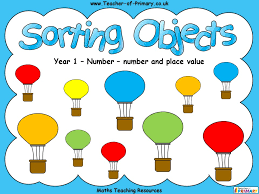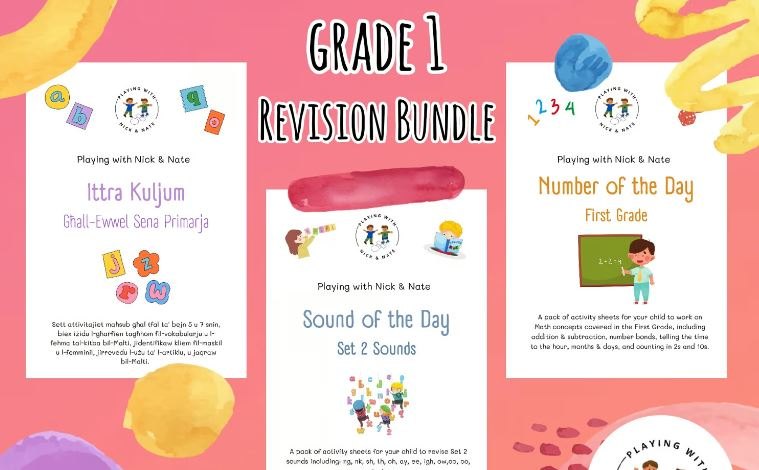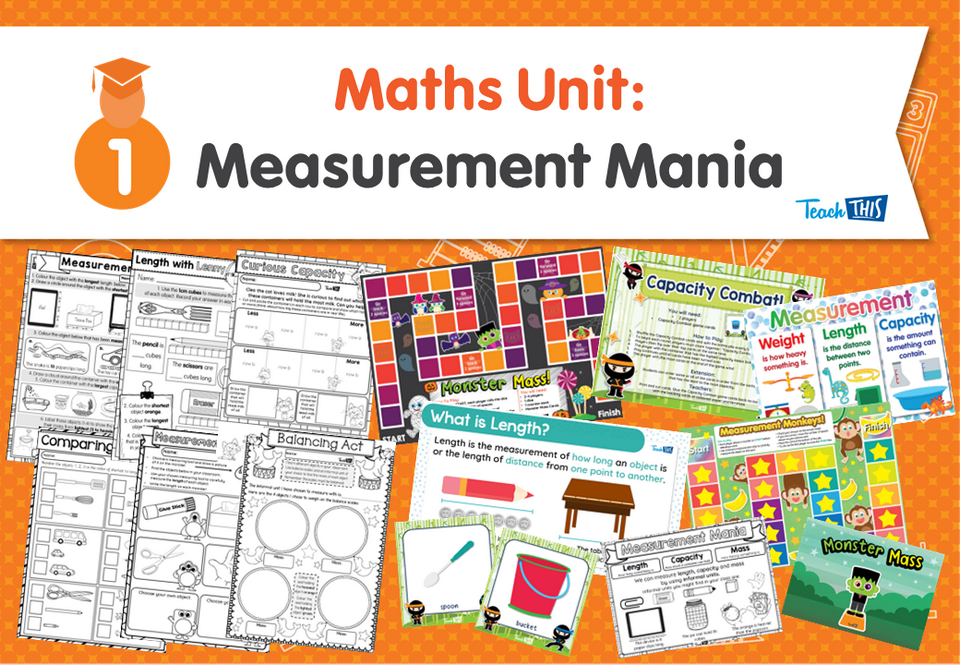Toán tiếng anh Toán song ngữ số phạm vi 10 tens
10 có thể hiểu là một tập hợp (một tập gồm 10 đơn vị), các số từ 11 đến 19 được hình thành bởi 10 và thêm 1,2,3,4,5,6,7,8,9. Các số10, 20, 30, 40, 50, 60, 70, 80, 90 được đọc là một chục, hai chục, ba chục, …. và chín chục.
Primary Standards:
MAFS.1.NBT.2.2 Understand that the two digits of a two-digit number represent amounts of tens and ones. Understand the following as special cases:
- 10 can be thought of as a bundle of ten ones — called a “ten.”
- The numbers from 11 to 19 are composed of ten and one, two, three, four, five, six, seven, eight, or nine ones.
- The numbers 10, 20, 30, 40, 50, 60, 70, 80, 90 refer to one, two, three, four, five, six, seven, eight, or nine tens (and 0 ones).
- Decompose two-digit numbers in multiple ways (e.g., 64 can be decomposed into 6 tens and 4 ones or into 5 tens and 14 ones).
MAFS.1NBT.2.3 Compare two two-digit numbers based on meanings of the tens and ones digits, recording the results of comparisons with the symbols >, =, and <.
Connecting Standards:
MAFS.1.NBT.1.1 Count to 120, starting at any number less than 120. In this range, read and write numerals and represent a number of objects with a written numeral.
Content Knowledge:
In kindergarten, students were introduced to place value as they explored the numbers 11-19, seeing them as a “bundle” of 10 ones, and some more ones. First grade students continue place value investigations to deepen their understanding of the value of the digits in any 2-digit number. First grade students work to understand the following:
- One ten is equal to 10 ones, and x tens are equal to x groups of 10 ones.
- When a digit appears in the tens place, it has a different and greater value than when it appears in the ones place.
- In a 2-digit number, the digits represent the amount of tens and ones (e.g. 27 is 2 tens and 7 ones).
- The numbers 10, 20, 30, and so on represent 1 ten, 2 tens, 3 tens plus 0 ones.
A critical understanding about numbers is that they can be broken apart (decomposed) in different ways without changing their value. Students have built this foundation working with numerals and number bonds (7 = 3 + 4, or 7 = 3 + 3 + 1). Since place value is decomposing numbers into tens and ones, 2-digit values can be decomposed in different ways without changing the value. For example, 23 can be thought of as 2 tens and 3 ones, or as 1 ten and 13 ones. Investigating the flexibility of numbers by breaking numbers apart in different ways helps students internalize this big idea.
Students build conceptual understanding with comparing numbers by first building models. Once students have connected their models to place value understanding, they may rely on place value of digits to be able to compare without the use of models, but by paying close attention to the place of the digits in the numbers.
GCG 1 – Learning Goal: As a Mathematician, I will be able to Make Bundles of Tens and Some Ones
- Step 1: Represent teen numbers as a ten and some ones using models and numbers
- Step 2: Represent Multiple sets of ten using number names (e.g. 70 as 7 tens)
- Step 3: Group objects (within 100) into groups of ten and some ones and describe using place value language (e.g. 25 is 2 tens and 5 ones)
GCG 2 – Learning Goal: As a Mathematician, I will be able to Represent Numbers More Ways Than One
- Step 1: Record the Two-Digit number represented with a given model
- Step 2: Represent a Two-Digit number using concrete tools or quick pictures from a given number
- Step 3: Decompose a two-digit number in multiple ways using models and numbers
GCG 3 – Learning Goal: As a Mathematician, I will be able to Compare Two-Digit Numbers
- Step 1: Use concrete tools and quick pictures to model and compare a two-digit number as greater than, less than, or equal to another two-digit number
- Step 2: Use number lines to compare a two-digit number as greater than, less than, or equal to another two-digit number
- Step 3: Record Comparisons of two 2-Digit numbers using numbers and the symbols <, >, and =
Bình luận
Có thể bạn quan tâm:
-
Tìm thầy cô dạy toán tiếng anh toán timo hkimo cho học sinh lớp 1 2 3 4 5 tại Tây Hồ 31.3.25
-
Lớp học toán Timo toán tiếng anh cho học sinh lớp 1 2 3 4 5 tại Tây Hồ
-
Lớp học tiếng anh dành cho học sinh tiểu học khu vực Tây Hồ
-
Toán tiếng anh Toán song ngữ ôn tập Sắp xếp Sorting Data
-
Toán tiếng anh Toán song ngữ ôn tập thời gian Time revision
-
Toán tiếng anh toán song ngữ ôn tập trọng lượng độ dài độ cao dung tích





